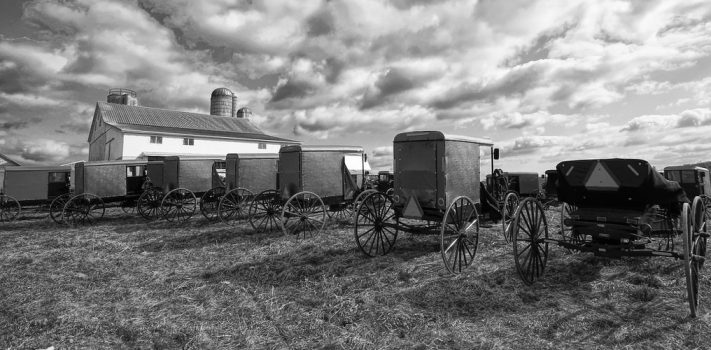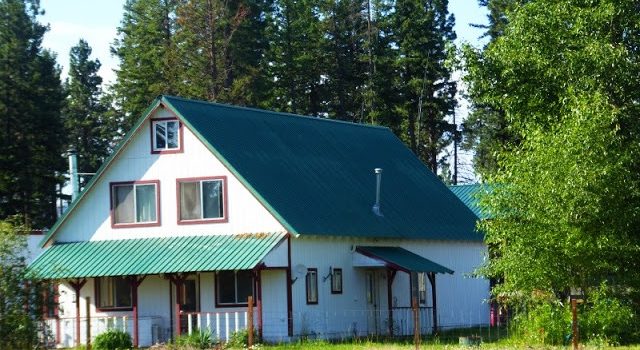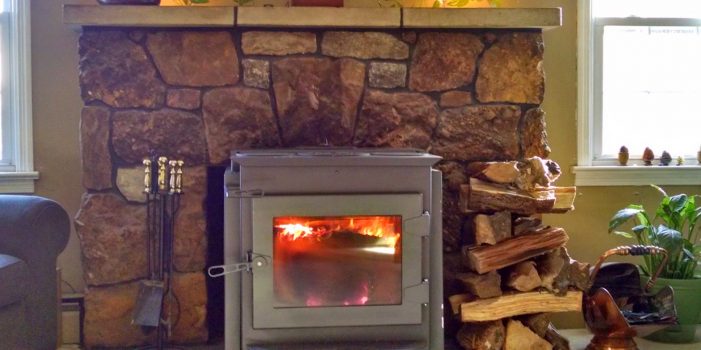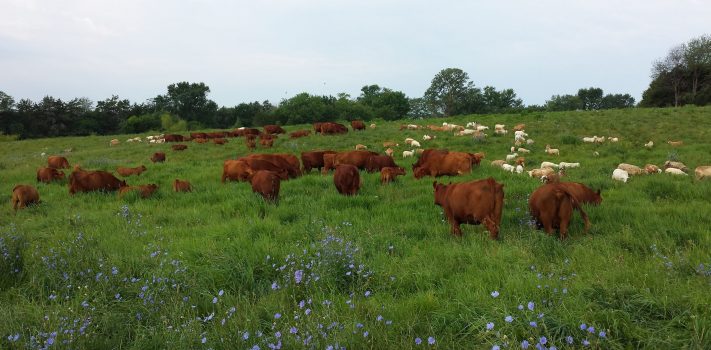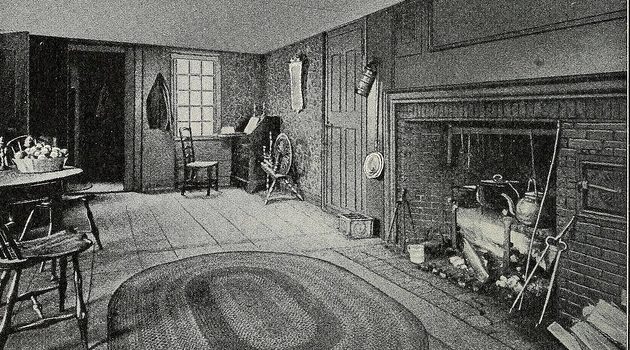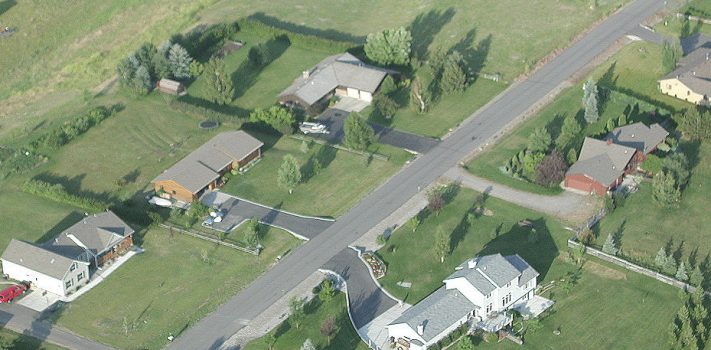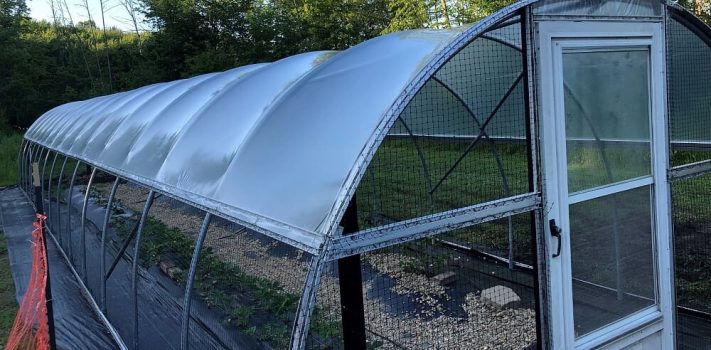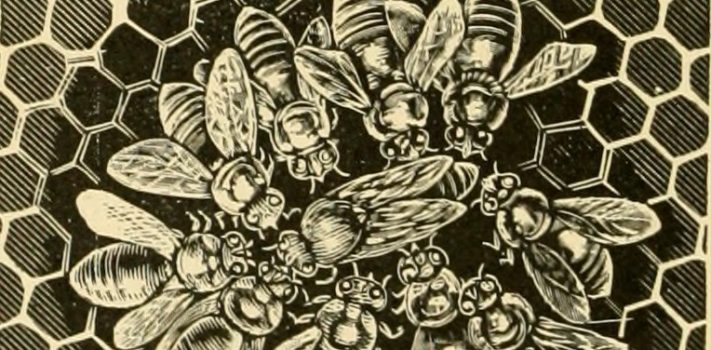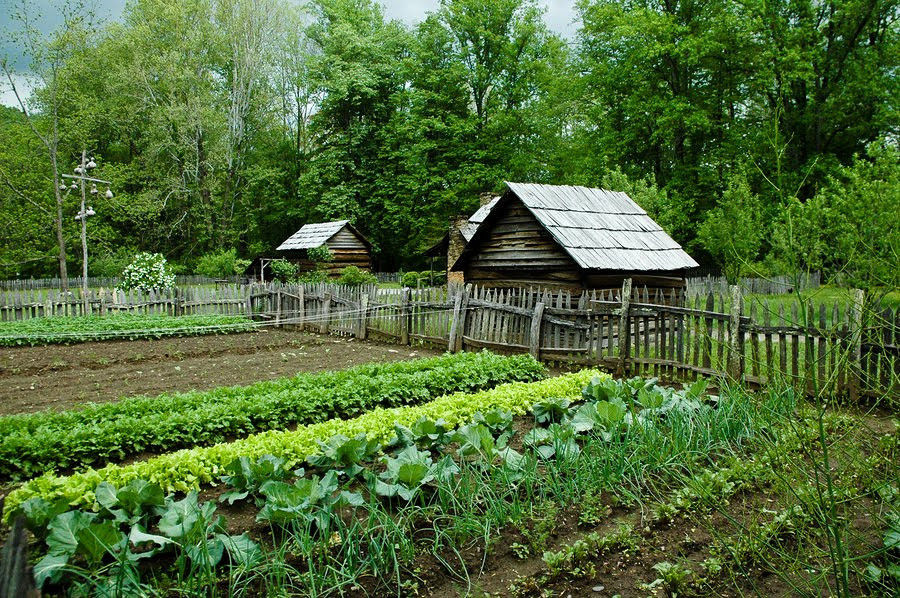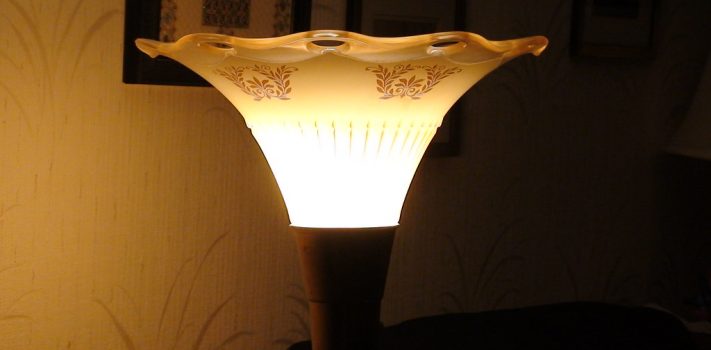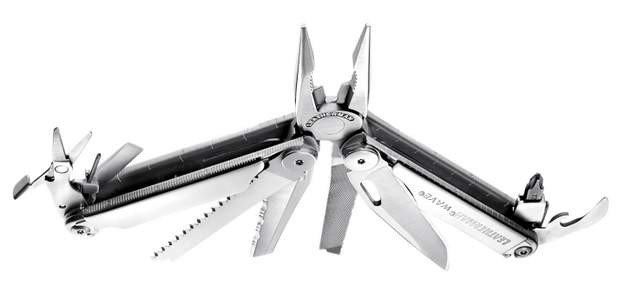Thoughts on an Amish Auction and Preparedness, by 3AD Scout
Previously, in my August, 2020 SurvivalBlog article titled Going Old School, I discussed how when we prep by having a primary and back-up, I stated that one back-up should be old school or vintage to accommodate loss of electric and other technology in a prolonged (years) event. Practicing what I “preach” I sometimes attend Amish auctions for non-electric and off-grid equipment and supplies. Recently I spent a Saturday at an auction where the property of an Amish Wheel Wright and buggy maker was up for sale. My first observation was “English” (non-Amish) buyers were the minority. So, if you go …

